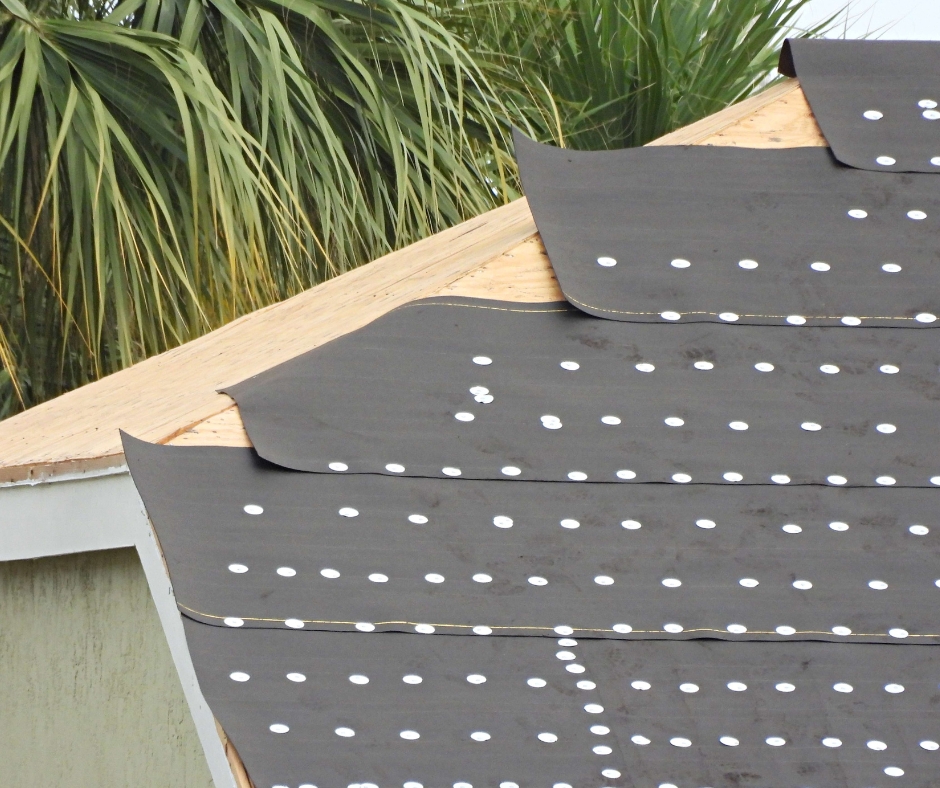
Your roof consists of various different layers that protect your home and the longevity of your roof. While you’re surely familiar with shingles, which form the top layer of your roof, you might not be familiar with the layer underneath them, known as underlayment. In this article, we’ll take a closer look at underlayments, and the types of underlayments we use here at A.O. Roofing Services.
What Is a Roof Underlayment?
Underlayment refers to the layer of roof that goes on top of the roof deck and below the shingles. It covers the entire roof deck, providing an additional barrier against moisture. Underlayment is typically made from asphalt-saturated felt, rubberized asphalt, or non-bitumen synthetic materials. By using a quality underlayment, you can potentially qualify for discounts on your insurance premium.
What Type of Underlayment Does A.O. Roofing Use?
At A.O Roofing Services, there are two main types of underlayment we use for most of our roofing projects: synthetic and Ice and Water Shield.
Synthetic underlayment is a standard underlayment featuring a woven polymeric scrim for increased strength and reduced slippage. Synthetic underlayment is ideal for steep-roof assemblies. Because it’s not as robust, it needs to be double layered to meet Florida building codes.
Ice and Water Shield underlayment is a peel and stick material with granules and asphalt on top of it. It has self healing properties because as the roof heats up, the asphalt heats up around the damage to fill in holes. Because it is so strong, only a single layer is needed. It is more expensive than synthetic, but we think it’s well worth the cost.
Underlayments Keep Your Home Protected
Roof underlayments are an essential layer of your roof that provides additional protection. We use both synthetic and Ice and Water Shield underlayments, with the latter providing superior protection and self-healing properties. Need a roof replacement or repair? Contact us today to get started with a free estimate.
You can also check out some of our other roofing projects in our blog to see some examples of the quality work we do. You can also stay up to date with us on social media! We’re on Facebook, X, LinkedIn, and Instagram.